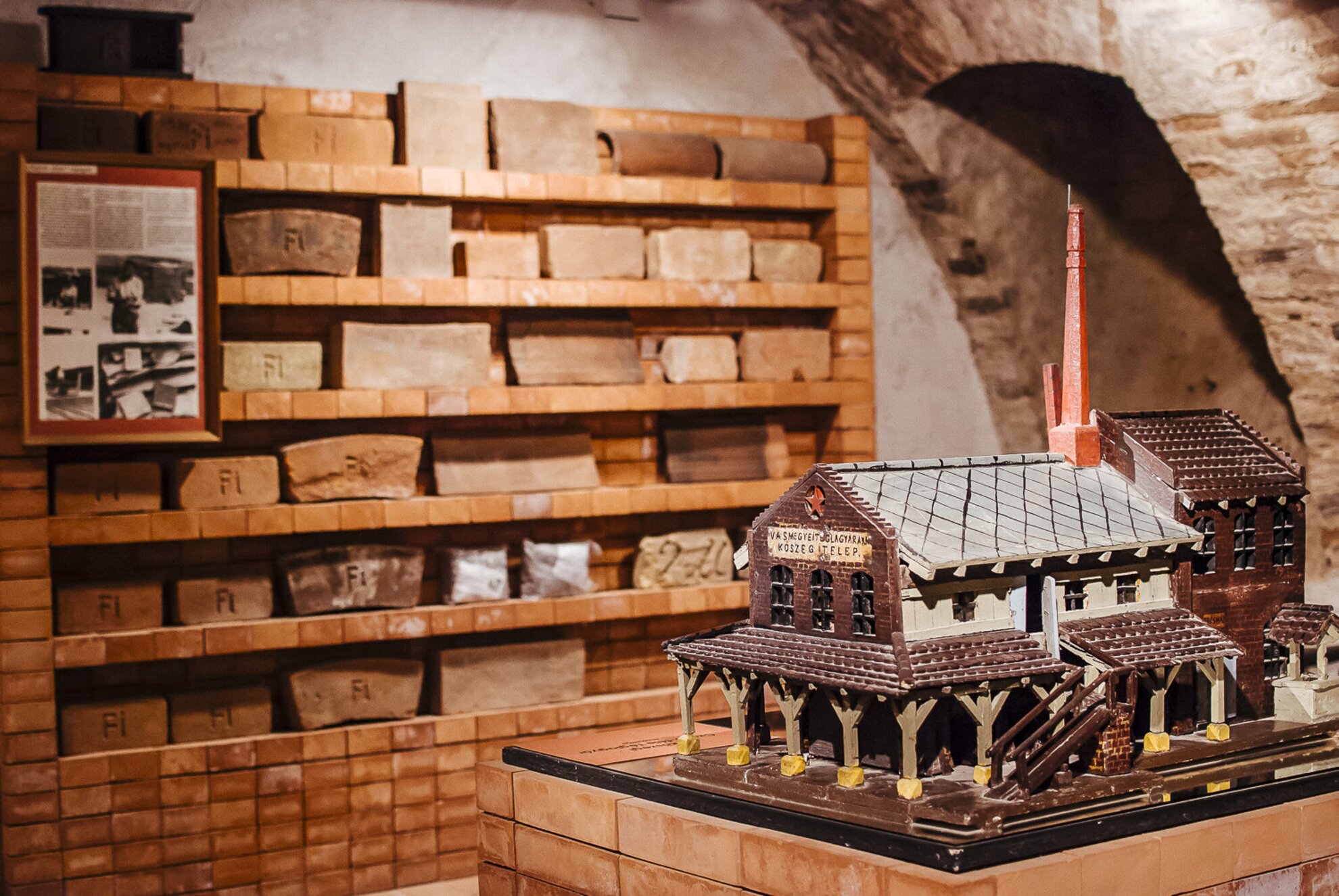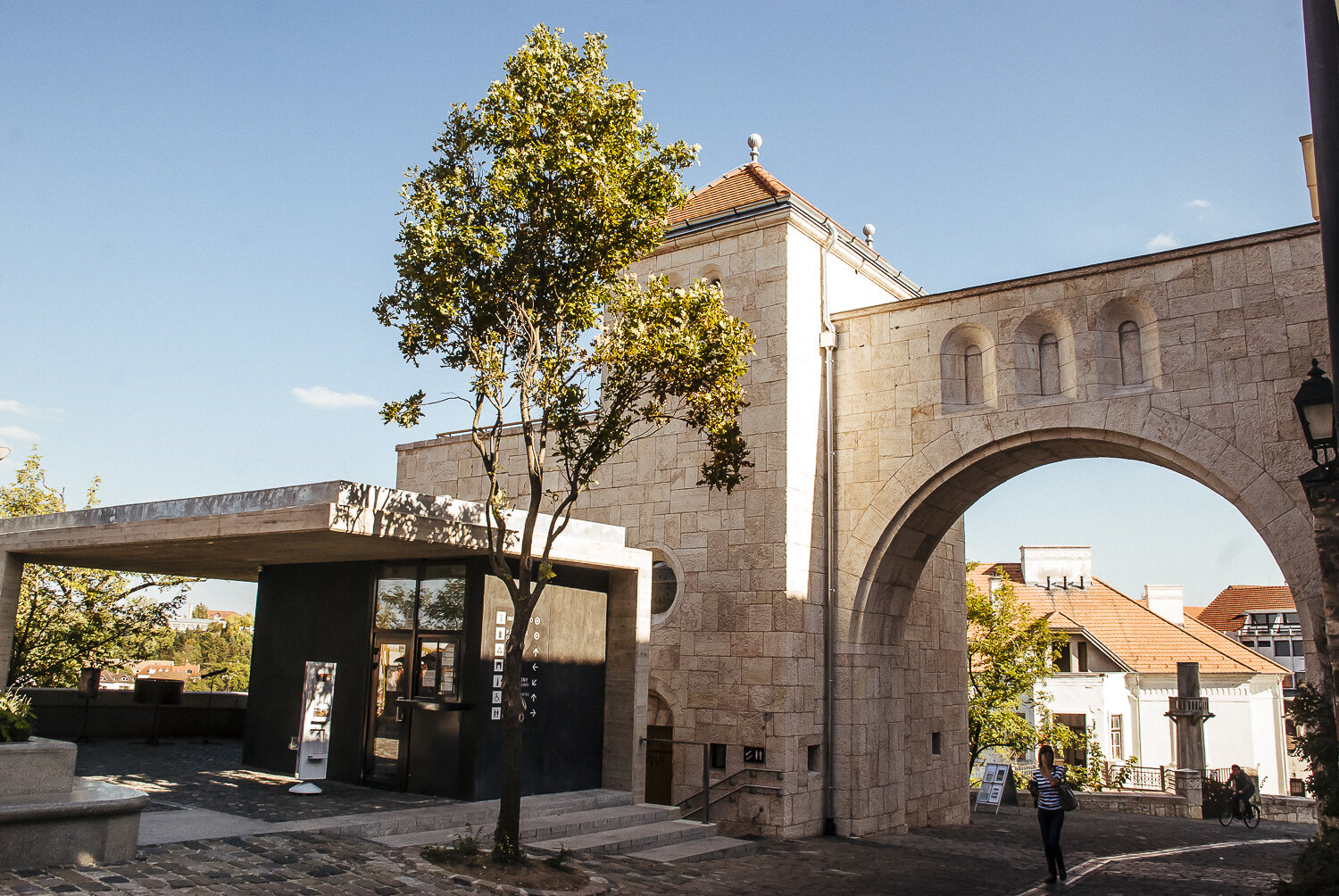Veszprém's castle district, which was reconstructed and transformed into a single pedestrian street a few years ago, has definitely grown in terms of attractions from it's past total of Baroque building plus watchtower. A shoemaker, for example, collected a great number of non-figurative pieces by renowned artists, and then there is the similarly avant-garde idea of a building brick exhibition in one of the cellars of the Dubniczay Palace. We still went through the fancy Baroque memories and even bumped into a photo exhibition about John Paul II. In a church.
We had discussed the new elephant park of the Veszprém Zoo and what to do on a day-trip to Veszprém already, and now we returned because this city always has something new up its sleeve. This time, we focused on the modern art galleries of the Castle District, and we also checked out the sizeable church collection.
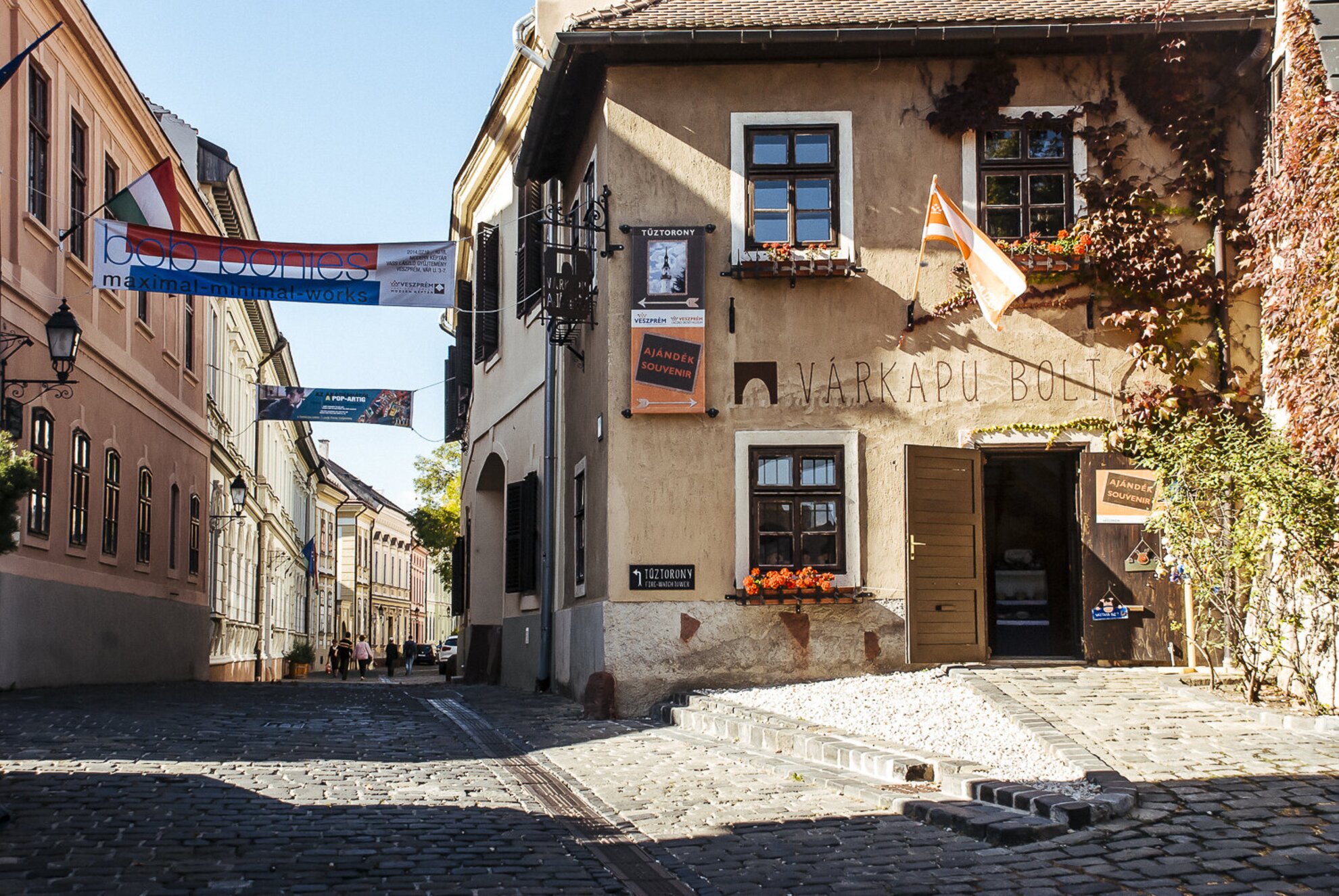
A mere 5-minute walk from the Hősök kapuja (Heroes' Gate), there is a lookout point next to the building of the Pannon University, opening a gorgeous view of the entire city, including the Margit ruins, the Veszprém viaduct, and the statues of Beatified Gizella and King St Stephen. We would have put an high school student yearning for a place at Yale to shame in terms of meticulousness: we took 3 hours for a journey of 5 minutes, since we wanted to explore all the galleries and churches on the way. Like your teacher at a school field trip.
From the Fire Watchtower to the Vass Gallery
From the Heroes' Gate most people head right to the Fire Tower, despite the fact that there is more to see than the view. All right, one shouldn't leave out the 48-metre tall tower and the unparalleled view it offers, but after you've conquered your fear of heights, you should relax a bit with contemporary art.
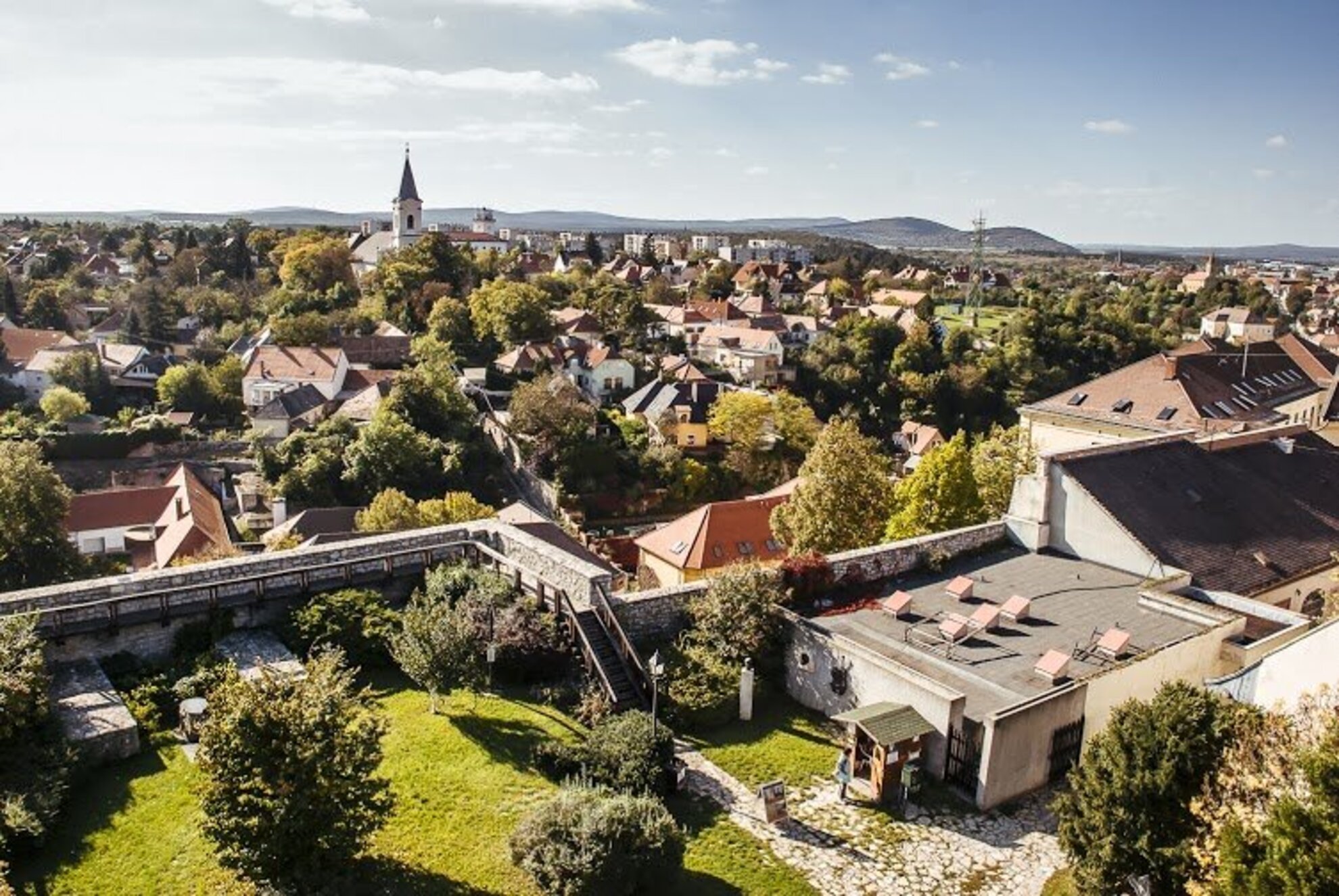
The Modern Art Gallery that is also home to the impressive Vass Collection moved into an eclectic house directly to the left of the Heroes' Gate a few years ago. The thing is, László Vass is a shoemaker, making elegant men's shoes, who has been drawn to non-figurative art by his sense of form and fastidious workmanship. He was collecting Hungarian and European abstract and constructivist paintings, pieces of graphic art and sculptures, all the while he was constantly improving his knowledge of art history. The pictures by Dezső Korniss, Jenő Barcsay and Tamás Konok, the sculptures by Tibor Csíky and István Haraszty, and the compositions by Kenneth Martin and Max Bill impressed us the most.
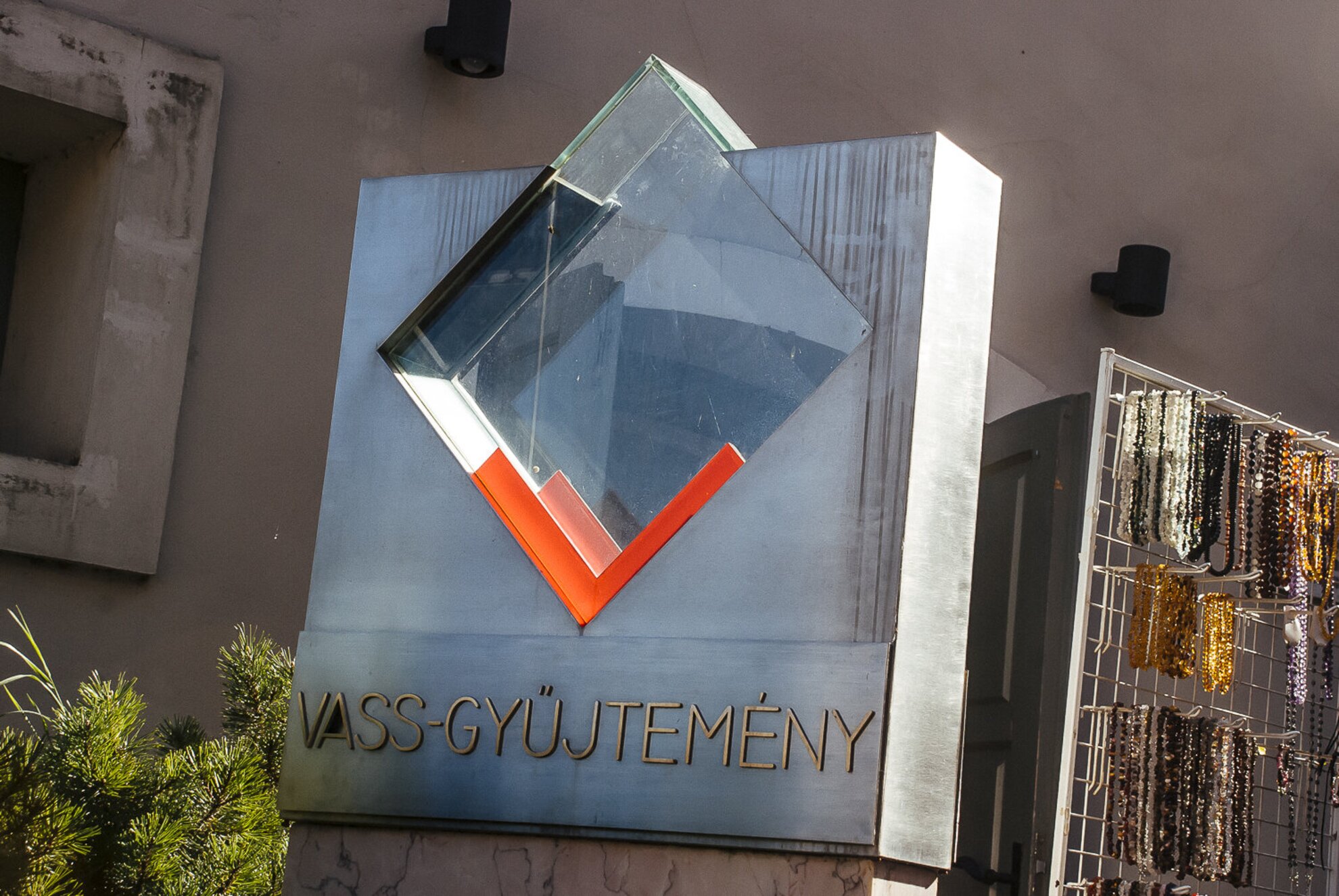
Story-telling Baroque abodes
If you keep seeing cubes and circles thanks to the abundance of abstractions, be sure to continue your way outside in the fresh air. The Castle District turned pedestrian street is brimming with Baroque houses, palaces and church buildings. Almost each and everyone of them is a protected historical monument from the late Baroque Pósa House to the Dravecz House, most of them carrying their own little piece of history on small plaques.
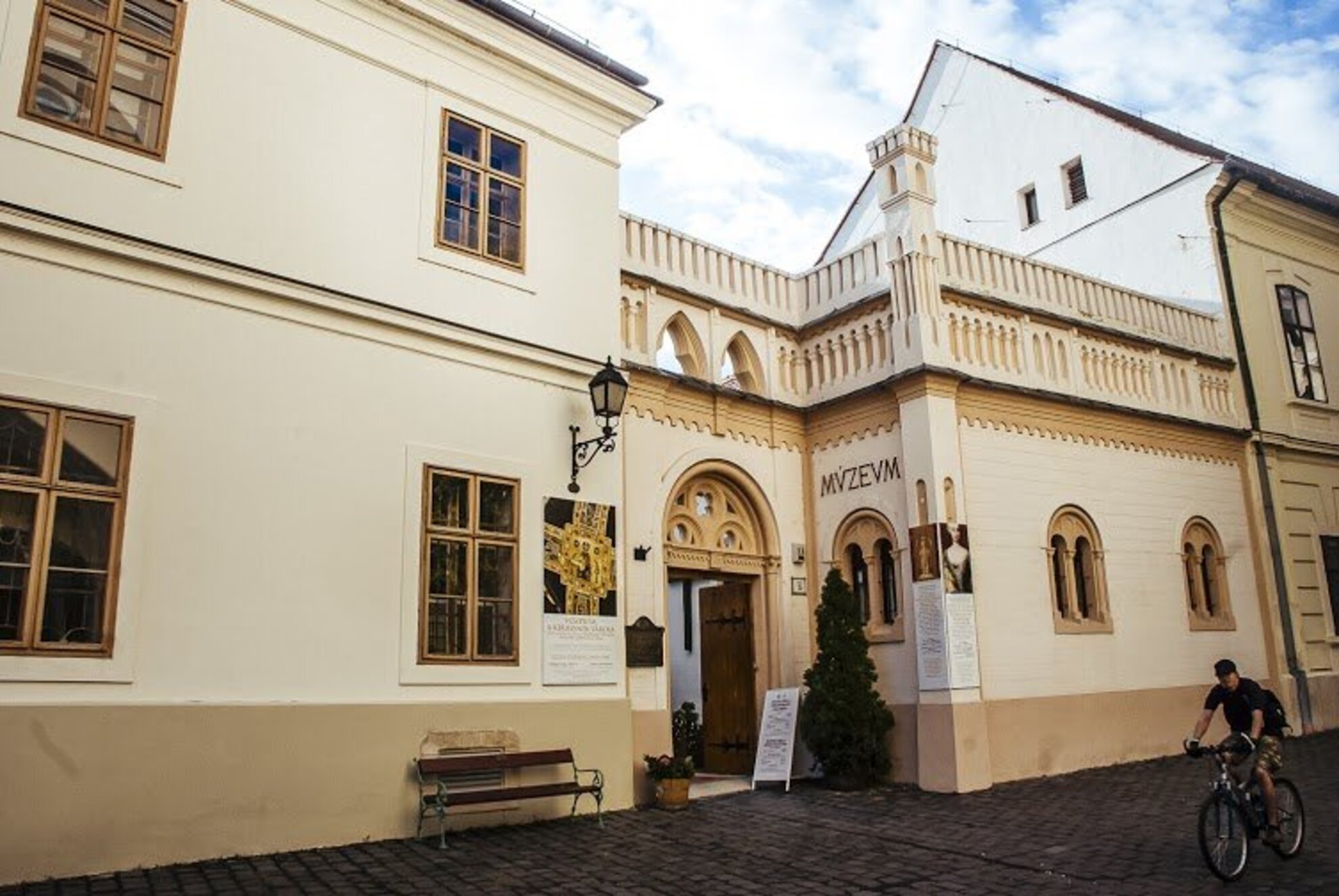
The religious treasures
When we visited, the Piarist church was exhibiting photos that document the life of Pope John Paul II. At first, the multitude of photos and descriptions blocking out the sculptures and paintings was an unusual sight, although exhibitions are not at all rare in this church. The photos bear an exciting testament to the life of Karol Wojtyla and show famous and less known snippets of the political, diplomatic and religious activity of the late pope.
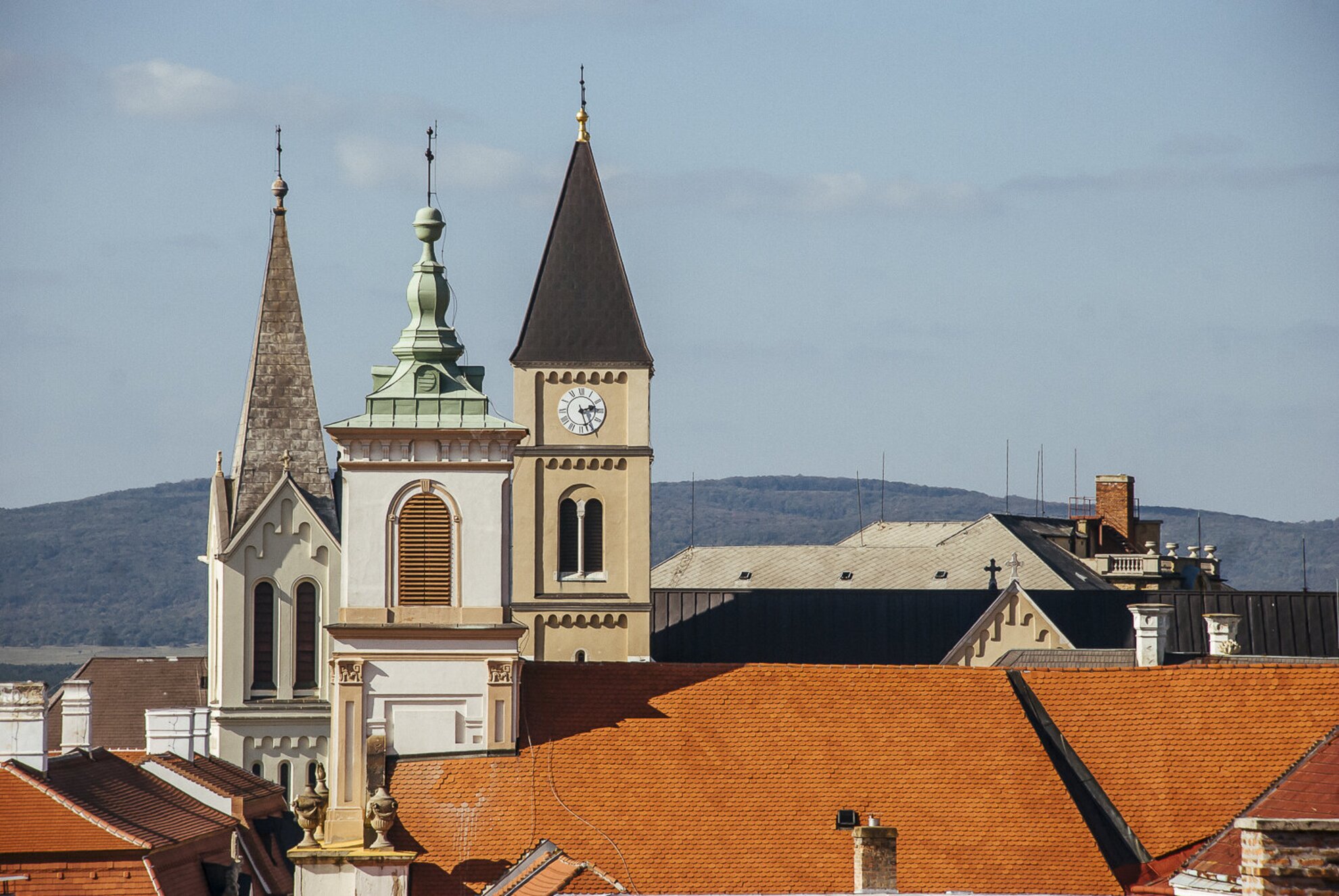
If you want to continue your exploration along religious lines, we'd recommend you to visit the Basilica of St Michael in Szenthármoság tér and the relic of the Beatified Queen Gizella in its basement. The Veszprém Diocese was one of the first 10 dioceses founded by King Stephen I. In 1001, St Michael's church stood in the place of today's cathedral; this building had to be rebuilt multiple times on account of fires. At the beginning of the 18th century, it was rebuilt in Gothic style, while later is was transformed to Roman style. The right to crown the Hungarian queen belonged to the Veszprém Bishop for centuries, so it was always performed at the Basilica of St Michael. Hence Veszprém is known also as the 'City of Queens.'
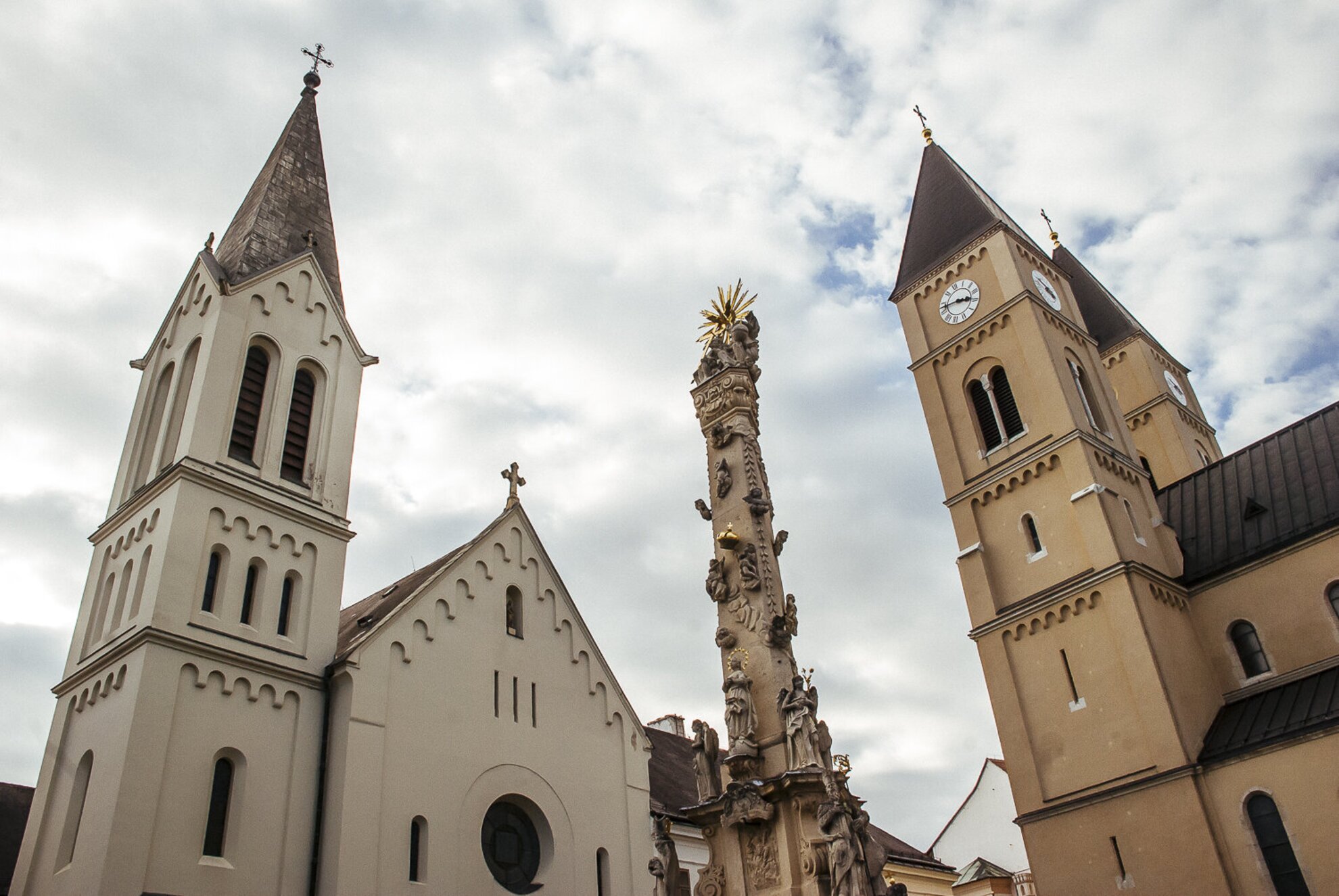
Another emblematic building of the Szentháromság tér is the Archbishop's Palace, built in harmony with plans by Jakab Fellner, the architect of the Esterházy family.
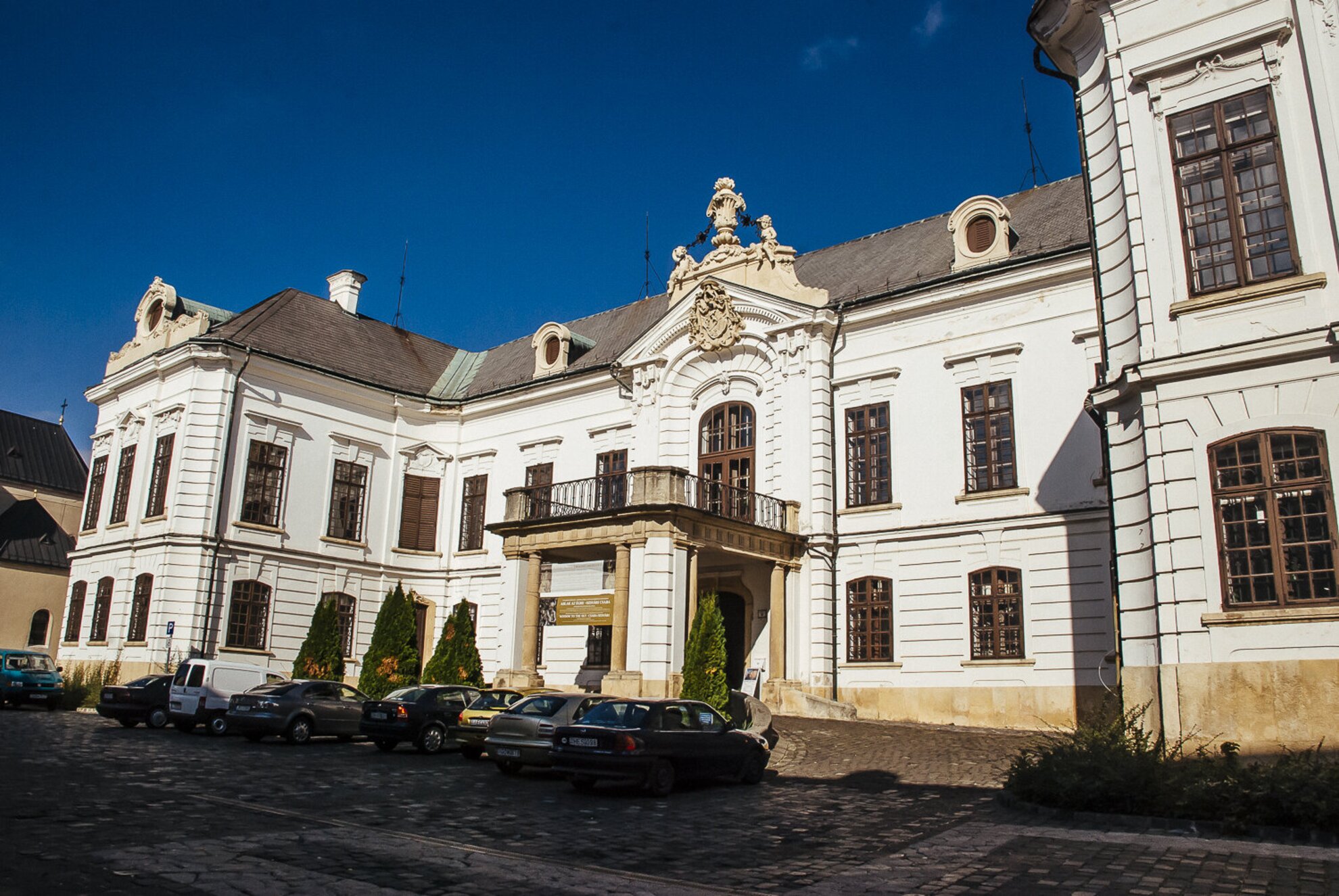
The interior of the Palace is decorated with Italian and Viennese Baroque stuccos and ceiling frescos; and its library holds 65 000, mostly Latin books - a guided tour is worthwhile already for these. The resident exhibition of the palace is an interieur exhibition in memoriam Queen Erzsébet and Zita, but sometimes temporary exhibitions are also hosted here. Until spring 2015, you can enjoy the memorial exhibition of goldsmith Csaba Ozsvári.
The Bíró-Giczey House almost opposite to the Archbishop's Palace is home to the Salesianum, the visitor centre of the Veszprém Diocese, where you can also find a café, a herb garden and an open-view luthier's workshop.
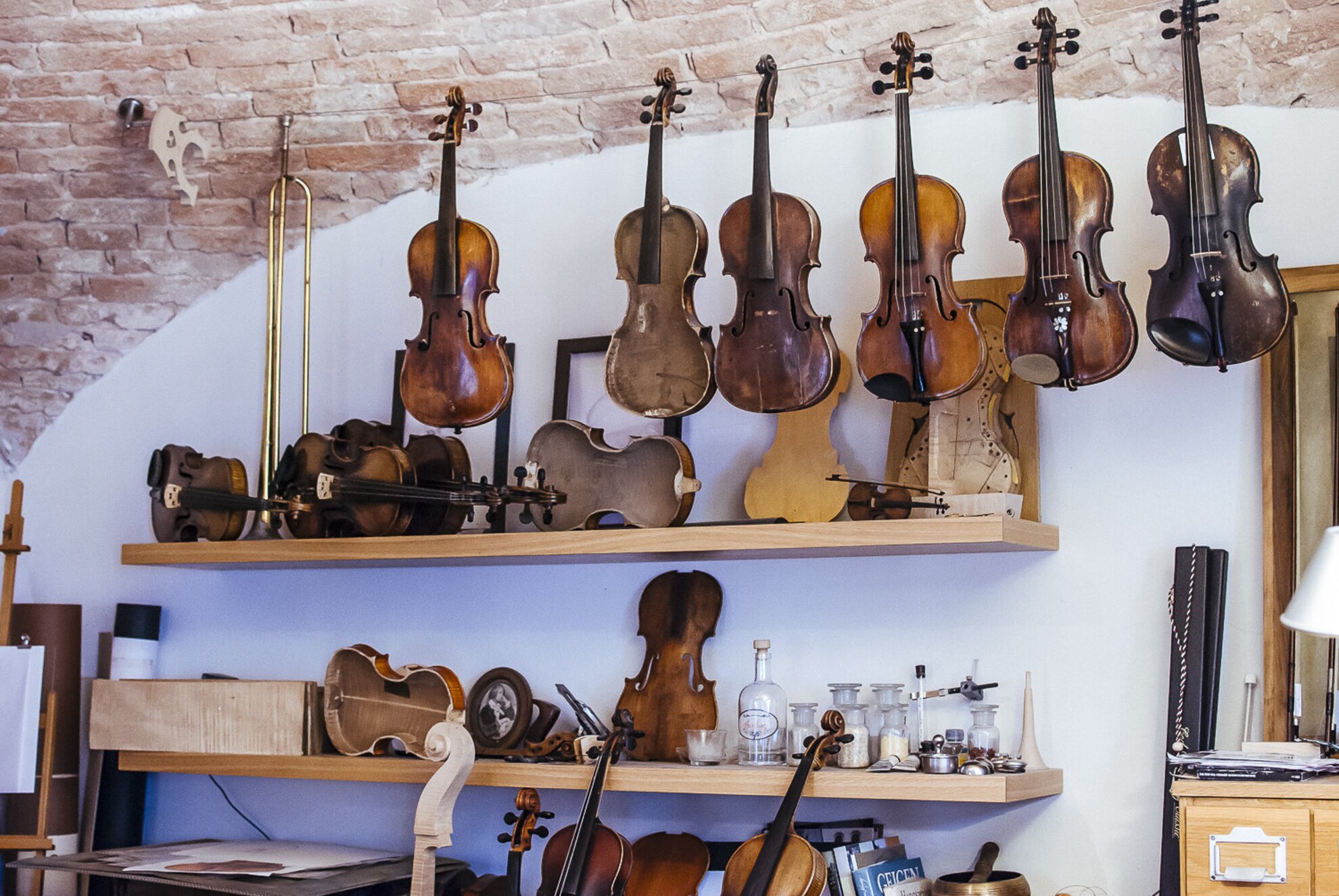
Eternal friends
Taking a break from relics and church collections, walk back towards the Heroes' Gate and pop into the Dubniczay Palace. Walking in the Baroque interior and among the slightly weathered walls of Palace built in 1751 is already a special experience in itself, but the artworks of the Lászó Károly Collection take it to a whole new level. The László Collection is wide-ranging and varied, embracing the art of the last three centuries. Mr Károly László picked works from the most significant part of his collection, from three different periods: the avant-garde of the 1910s and '20s; the art between the World Wars, and the trends of the last 50 years. Some of the better known Hungarian painters on exhibit are: István Beöthy, Lajos Kassák, László, Moholy-Nagy László and János Mattis-Teutsch. As for international artists, make sure to see works by Morandini, Kupka and Wiederhold.
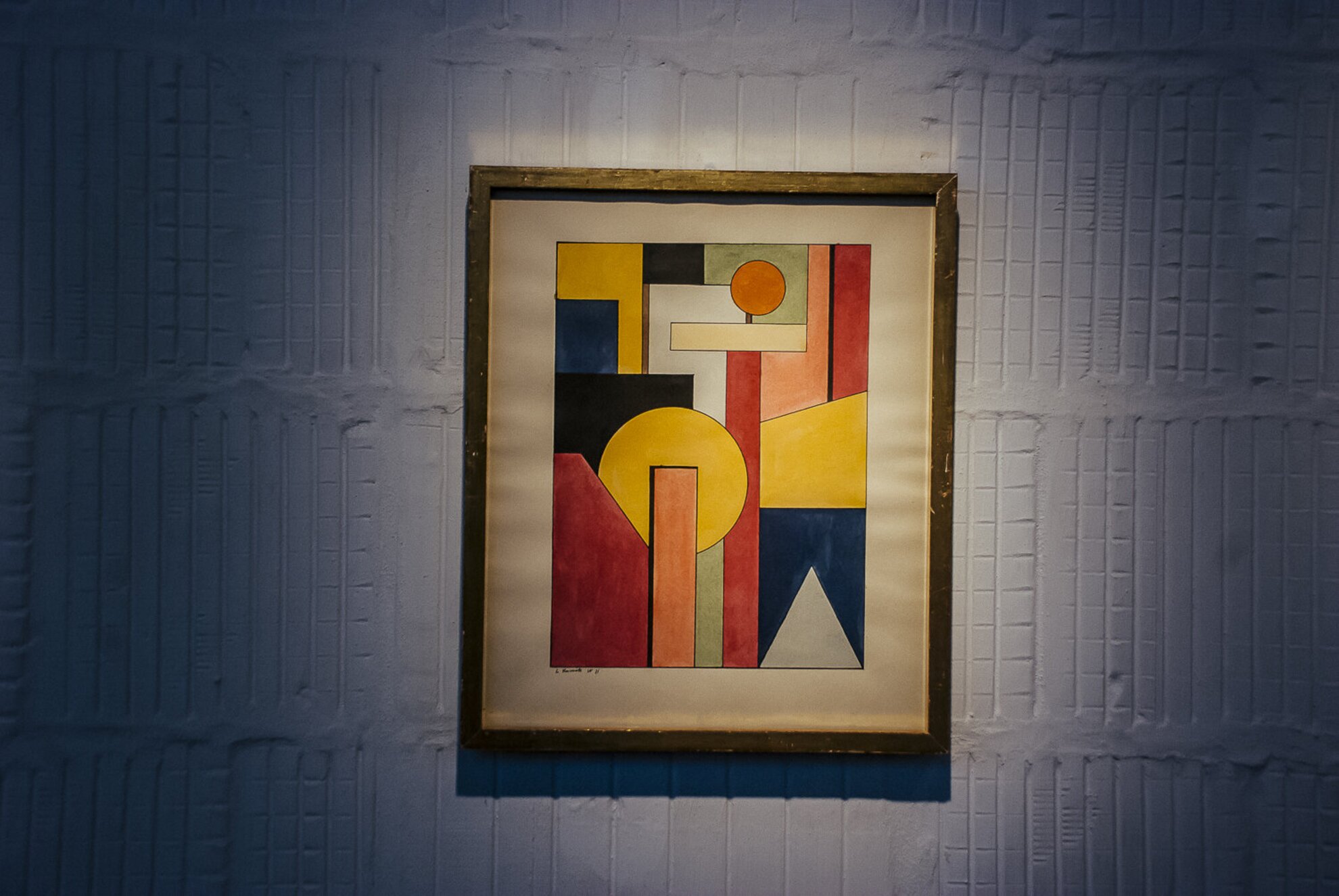
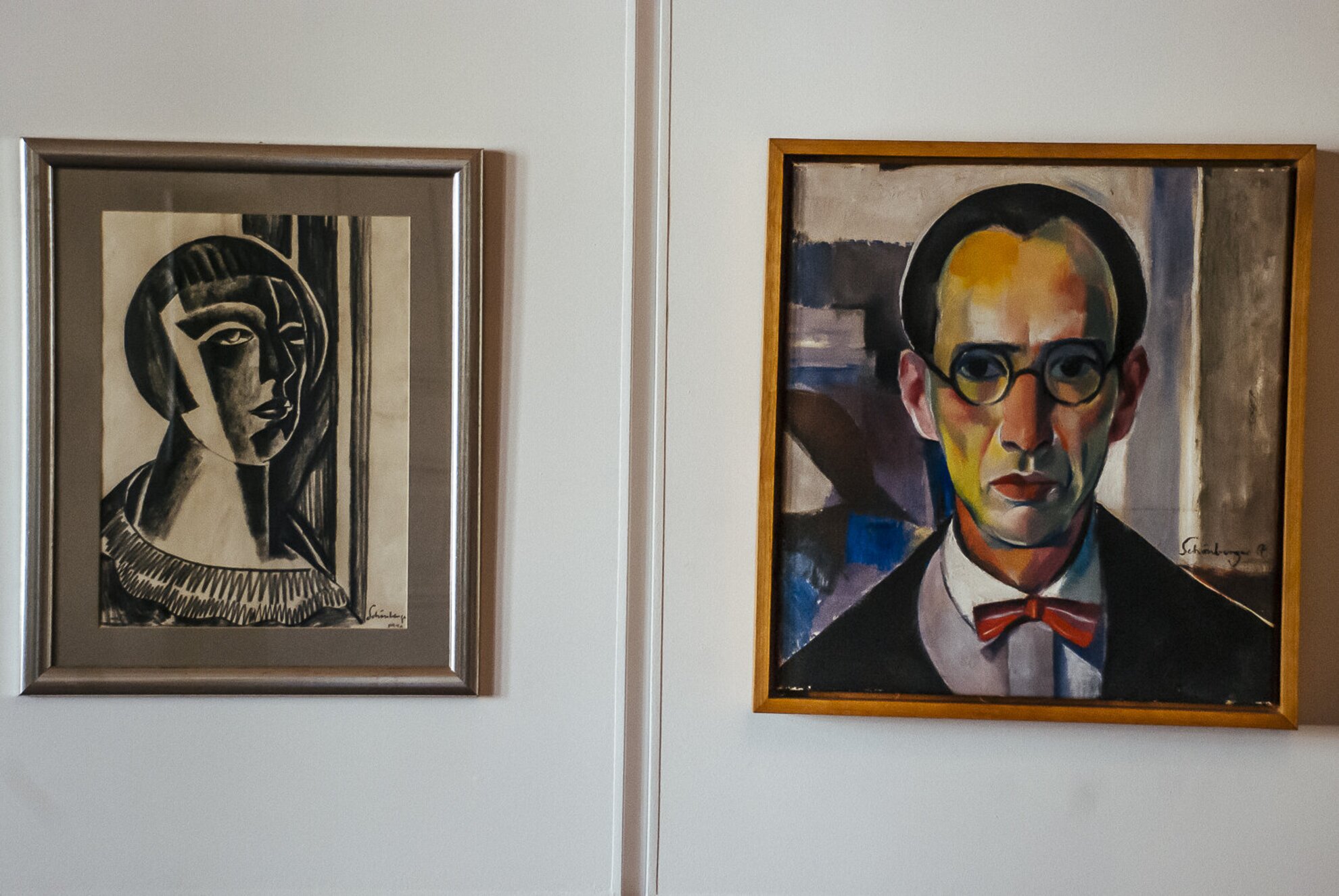
In the basement - in the one-time granary of the palace -, you can see one of the most comprehensive (probably the most comprehensive) collection of marked bricks and tiles. This is the Tegularium, i.e. the brick collection.
